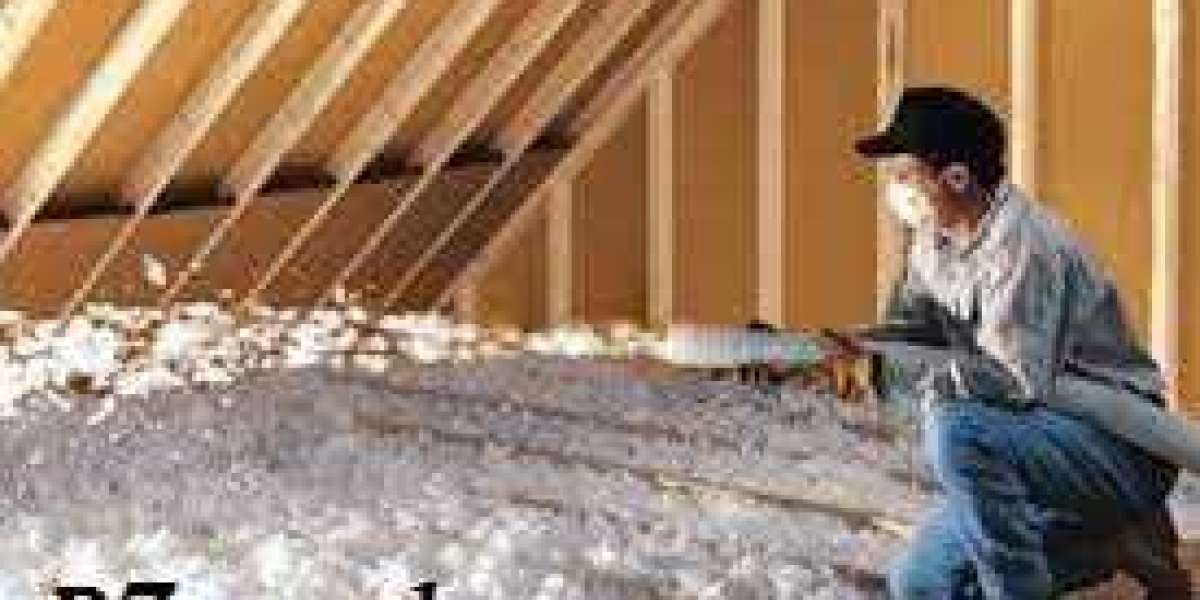In recent years, there has been a significant shift towards environmentally friendly and sustainable practices in the construction industry. This shift is driven by the recognition of the detrimental impact traditional construction materials and methods have on the environment, including resource depletion, pollution, and contribution to climate change. As a result, architects, builders, and homeowners are increasingly turning to environmentally friendly building materials to create structures that are not only aesthetically pleasing but also sustainable and eco-conscious.
Environmentally friendly construction materials encompass a wide range of options that minimize environmental impact throughout their lifecycle, from production to disposal. These materials are characterized by their ability to conserve natural resources, reduce energy consumption, and limit pollution. Here are some key environmentally friendly building materials and products:
Recycled Materials: Using recycled materials such as recycled steel, reclaimed wood, and recycled glass reduces the demand for virgin resources and helps divert waste from landfills. Recycled materials maintain the integrity and durability required for construction while giving new life to materials that would otherwise be discarded.
Bamboo: Bamboo is a rapidly renewable resource that grows quickly and requires minimal resources to cultivate. It is used for flooring, cabinets, and even structural elements due to its strength and sustainability.
Sustainable Wood: Forest Stewardship Council (FSC) certified wood comes from responsibly managed forests that prioritize biodiversity, conservation, and indigenous people's rights. Using FSC-certified wood ensures that forests are protected and replenished for future generations.
Natural Insulation: Traditional insulation materials like fiberglass can contain harmful chemicals and contribute to indoor air pollution. Natural alternatives such as wool, cork, and recycled denim offer effective insulation properties while being non-toxic and biodegradable.
Solar Panels and Green Roofs: Incorporating renewable energy sources like solar panels and green roofs can significantly reduce a building's energy consumption and environmental footprint. Solar panels harness the power of the sun to generate electricity, while green roofs improve insulation, absorb rainwater, and provide habitat for wildlife.
Low-Emitting Materials: Volatile organic compounds (VOCs) found in paints, adhesives, and finishes can off-gas harmful chemicals into the air, contributing to indoor air pollution and adverse health effects. Opting for low-VOC or zero-VOC products helps maintain indoor air quality and promotes occupant health and comfort.
Concrete Alternatives: Alternative construction materials Traditional concrete production is energy-intensive and contributes to carbon emissions. Alternatives such as recycled concrete, fly ash, and hempcrete offer lower carbon footprints and reduced environmental impact while providing similar structural integrity.
Modular Construction: Modular construction involves prefabricating building components off-site, reducing waste, and minimizing transportation emissions. It allows for efficient use of materials and resources while accelerating construction timelines.
Water-Efficient Fixtures: Installing water-efficient fixtures such as low-flow toilets, faucets, and showerheads conserves water and reduces strain on municipal water supplies. Rainwater harvesting systems can also be integrated to capture and reuse rainwater for irrigation and non-potable uses.
In conclusion, environmentally friendly building materials and sustainable construction practices play a crucial role in mitigating the environmental impacts of the built environment. By prioritizing sustainability, builders and homeowners can create healthier, more energy-efficient structures that contribute to a more sustainable future for generations to come. Embracing alternative and sustainable materials is not only beneficial for the environment but also enhances the resilience, durability, and overall quality of construction projects.
Visit here: https://strawcture.com/blogs/ways-mezzanine-flooring-can-transform-your-warehouse/








